Some classic cars are more than just good candidates for electric conversions—they’re practically begging for it. We’re talking about rides with wide engine bays, simple electronics, and enough street presence to still feel special without a roaring V8. Swapping in a quiet, torque-heavy electric drivetrain doesn’t take away their charm—it updates the experience while keeping the soul intact. Here’s a list of 10 classic cars that make the transition feel natural, with just the right mix of space, style, and structure.
1967–1969 Chevrolet Camaro
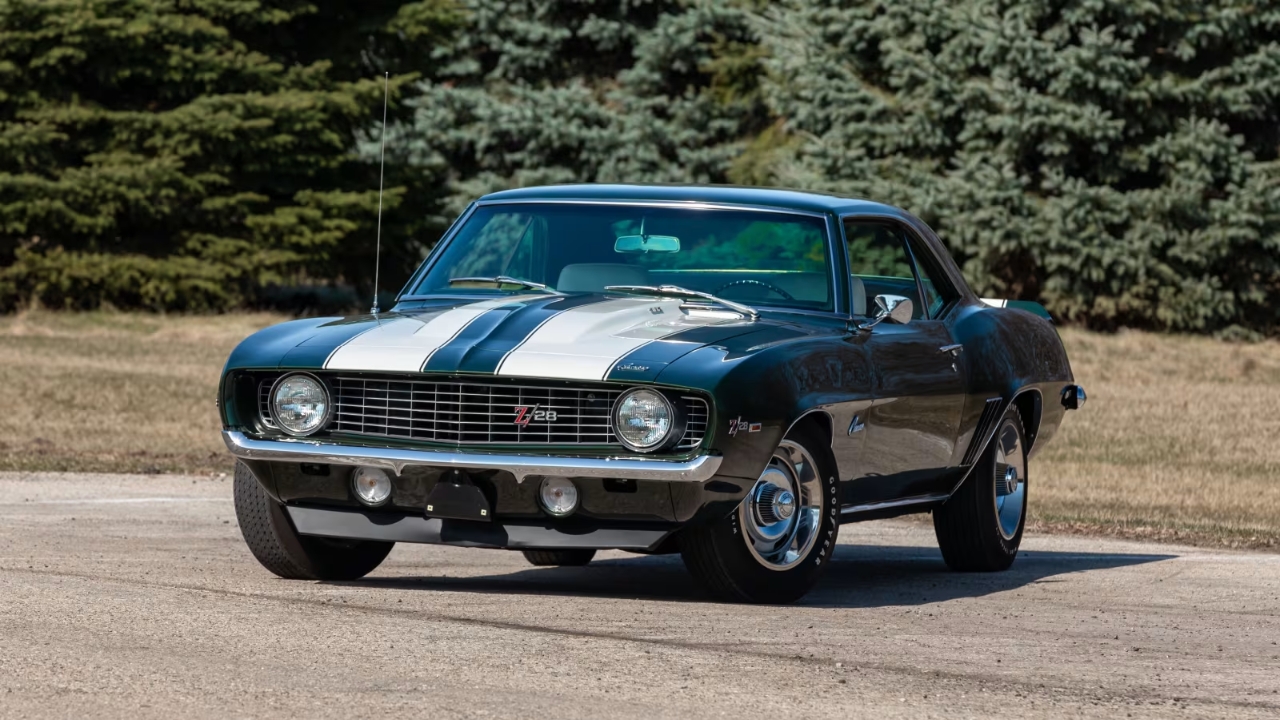
Early Camaros are already street icons, and their lightweight frame makes them ideal for an electric conversion. A first-gen SS or RS with an EV swap still looks the part but now leaves Teslas wondering what just happened. These cars have a straightforward suspension setup—coil springs up front, leafs in the back—which helps when adjusting for battery weight.
There’s enough room under the hood and in the trunk to space out battery modules without cramping things. The cabin is minimalist but has just enough character to keep things vintage while making space for a few modern gauges or a touchscreen.
1965–1970 Ford Mustang Fastback
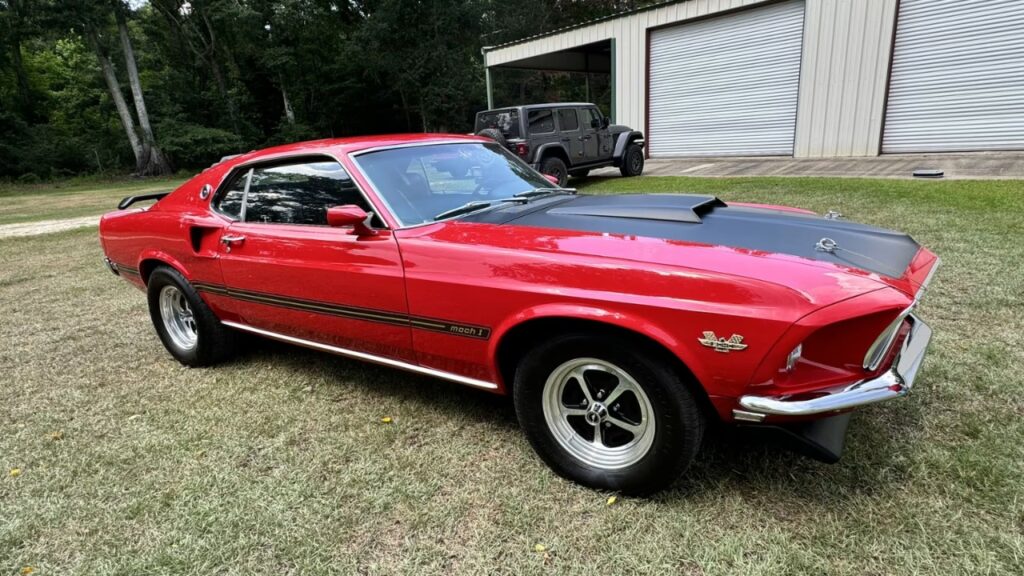
Few cars wear the EV swap better than a classic Mustang fastback. You keep the long hood, short deck, and those aggressive body lines—but lose the carb issues and oil stains. The stock front suspension was nothing to brag about, but it’s easy to upgrade with coilovers or even an independent front suspension kit during the swap.
Interior space is tight but manageable, and the simplicity of the original wiring makes adding digital gear straightforward. Plus, with the motor up front and batteries spread low, you get a cleaner weight balance than the original 289 ever offered.
1961–1964 Lincoln Continental
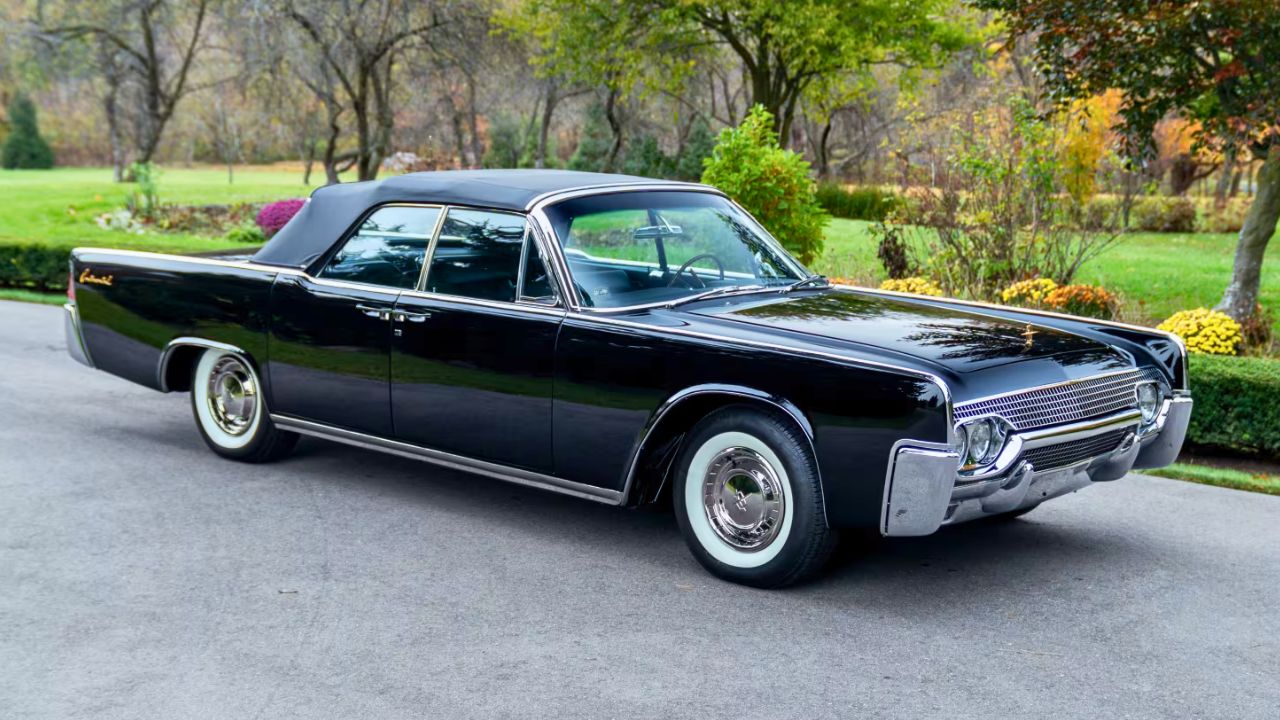
This slab-sided cruiser already feels like it belongs in the future—it just needs a silent powertrain to match. The Continental’s long frame offers endless space for batteries, and the low ride height pairs well with adjustable air suspension if you want to modernize the feel.
The suicide doors and cavernous interior don’t need much changing, but it’s easy to blend in digital readouts or a minimalist infotainment screen. You’re not looking for speed here—you’re building a rolling lounge with torque on tap and zero exhaust fumes to spoil the vibe.
1973–1980 Mercedes-Benz W114/W115
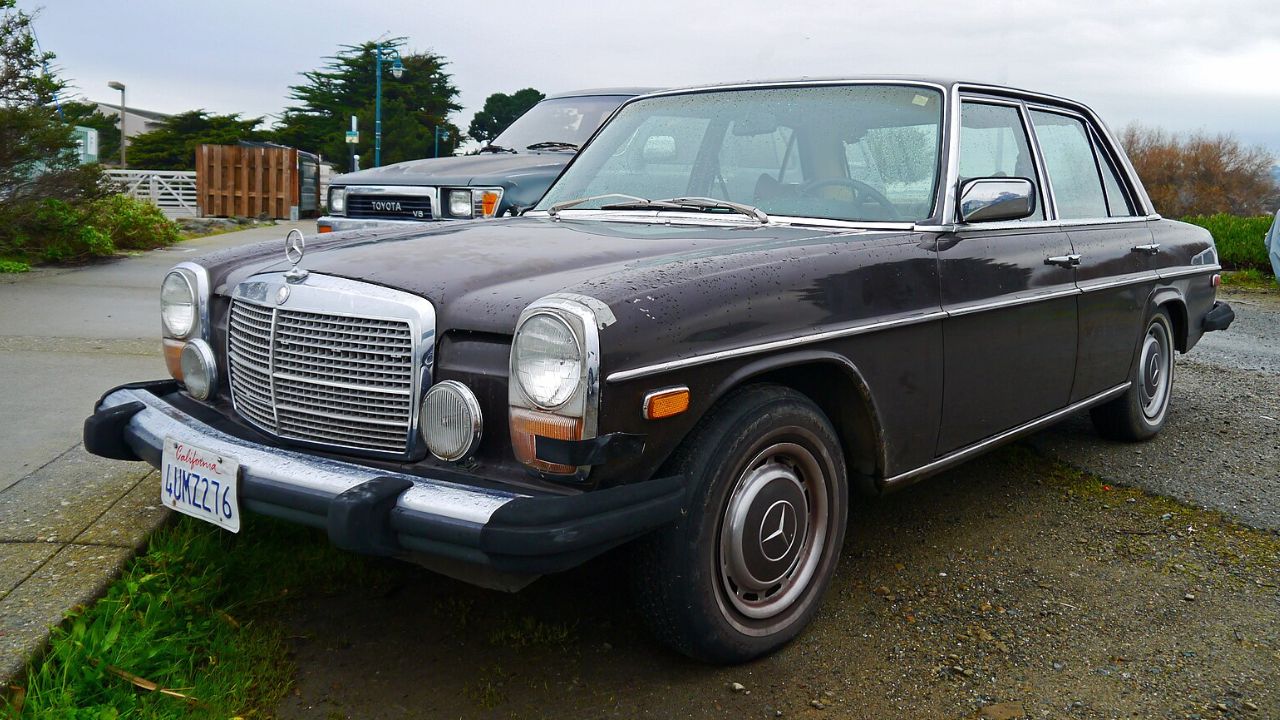
The W114/W115 platform isn’t flashy, but it’s solid, reliable, and incredibly well built—perfect for an EV setup that focuses on daily drivability. These sedans have a surprisingly roomy engine bay, especially if you’re replacing a tired diesel lump. They also have independent suspension all around, which makes for a smoother ride post-conversion.
The interiors are classy without being overdone. Vinyl seats, analog gauges, and clean dash lines all age well. Adding electric power just makes the car feel like it was ahead of its time—without messing with the character that makes it special.
1969–1974 Porsche 914
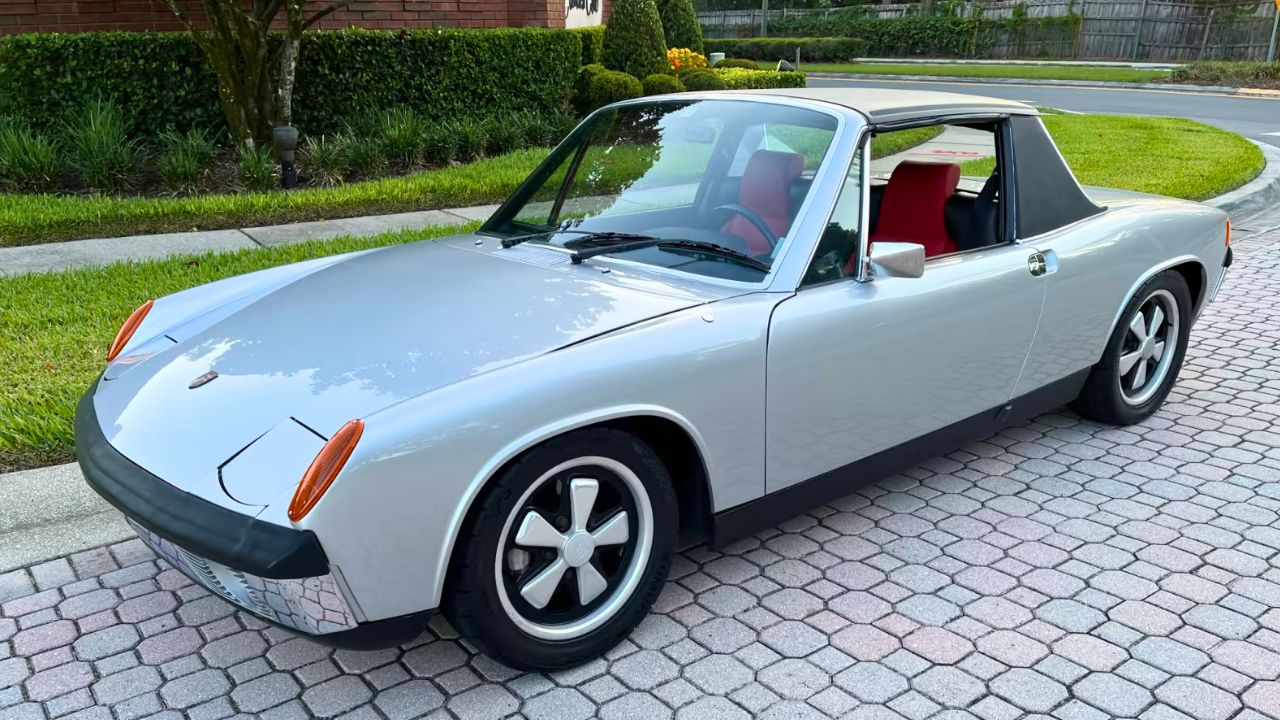
The 914 might’ve been polarizing when it launched, but now it looks like a no-brainer for electrification. It’s already mid-engined, which makes battery layout and weight distribution a dream. The targa roof and compact size mean you’re working with less mass, which plays well with lower-range EV setups.
Suspension is independent at all four corners, and the car handles well even before the swap. Once you drop in a motor with instant torque, it comes alive in a way the stock flat-four never could. And best of all, it still looks like nothing else on the road.
1970–1976 BMW 2002
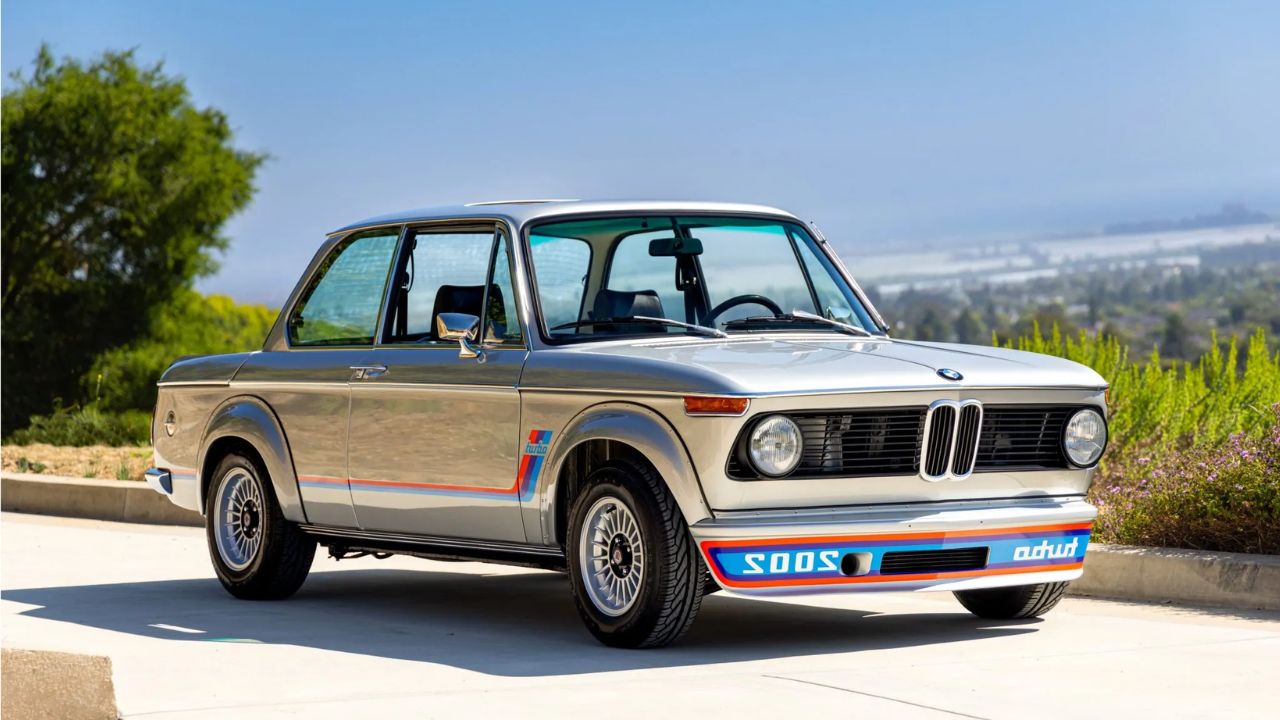
The 2002 has a cult following for a reason. It’s simple, light, and feels tight on the road. Those qualities also make it a great EV platform. You can replace the four-cylinder engine without upsetting the car’s balance, and there’s decent room in the trunk and under the hood for battery modules.
Inside, it’s all about that upright greenhouse and thin pillars—great visibility, with no fluff. The spartan cabin makes it easy to blend old with new: just swap in a digital cluster and a subtle display, and you’re set. Quiet, quick, and still classically German.
1963–1967 Chevrolet Corvette Sting Ray
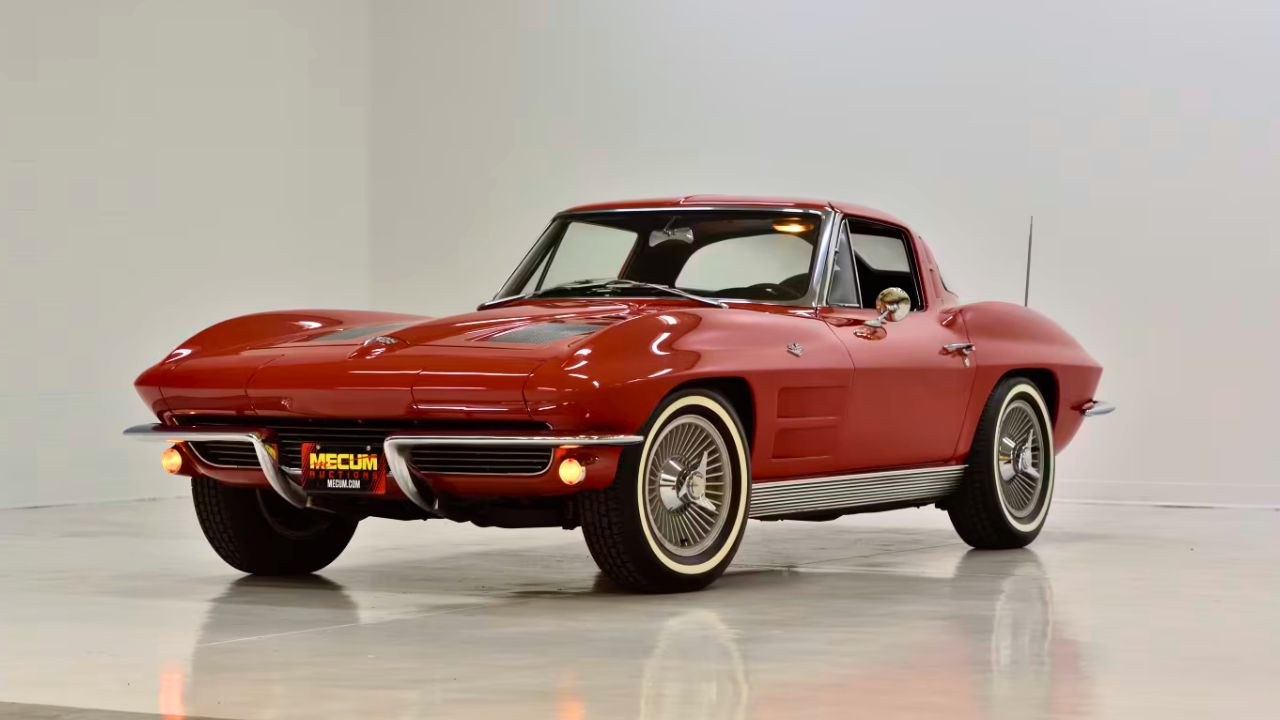
Converting a C2 Corvette might sound sacrilegious, but hear it out. This fiberglass-bodied coupe is light, low-slung, and aggressive even when it’s standing still. Swapping the V8 for an electric drivetrain gives you more torque with less drama, and it helps balance the front-heavy design.
Battery placement can be tricky with the limited space, but careful layout and custom mounts fix that. The interior has just enough polish to keep things upscale, and going electric means you’ll hear every creak of that T-top a little more clearly—which honestly just adds to the experience.
1957–1965 Fiat 500
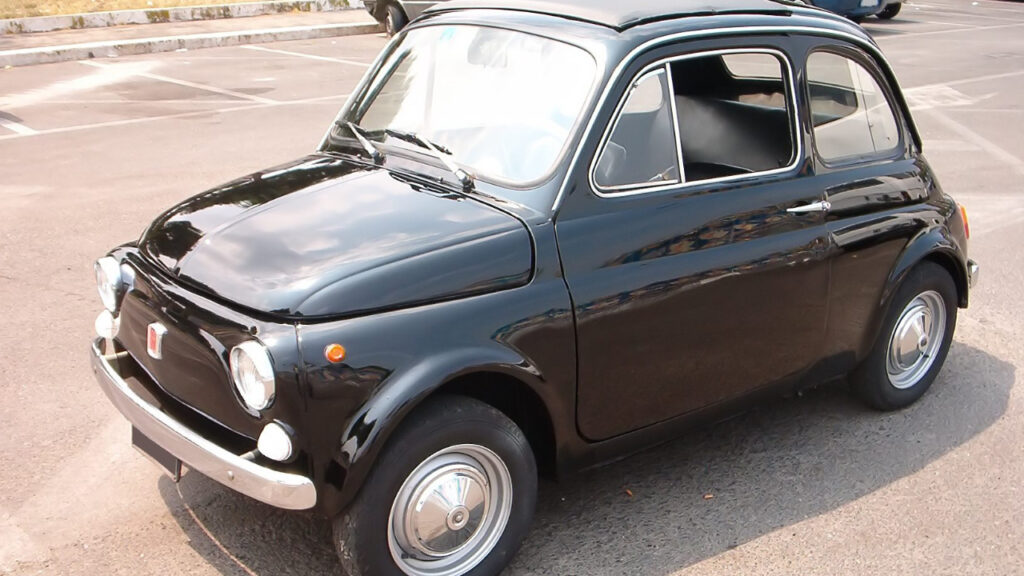
It doesn’t get much smaller than the classic Fiat 500, which is why it’s a favorite for compact EV conversions. The original two-cylinder engine was never fast, but that’s kind of the point—this car is about charm and simplicity. An electric motor gives it just enough kick for city driving without changing the feel.
The 500’s tiny size makes it easy to park and fun to cruise. The interior is comically basic, which makes modernizing it painless. It’s a no-nonsense way to have an electric classic that still makes people smile at stoplights.
1978–1985 Mazda RX-7 (FB)
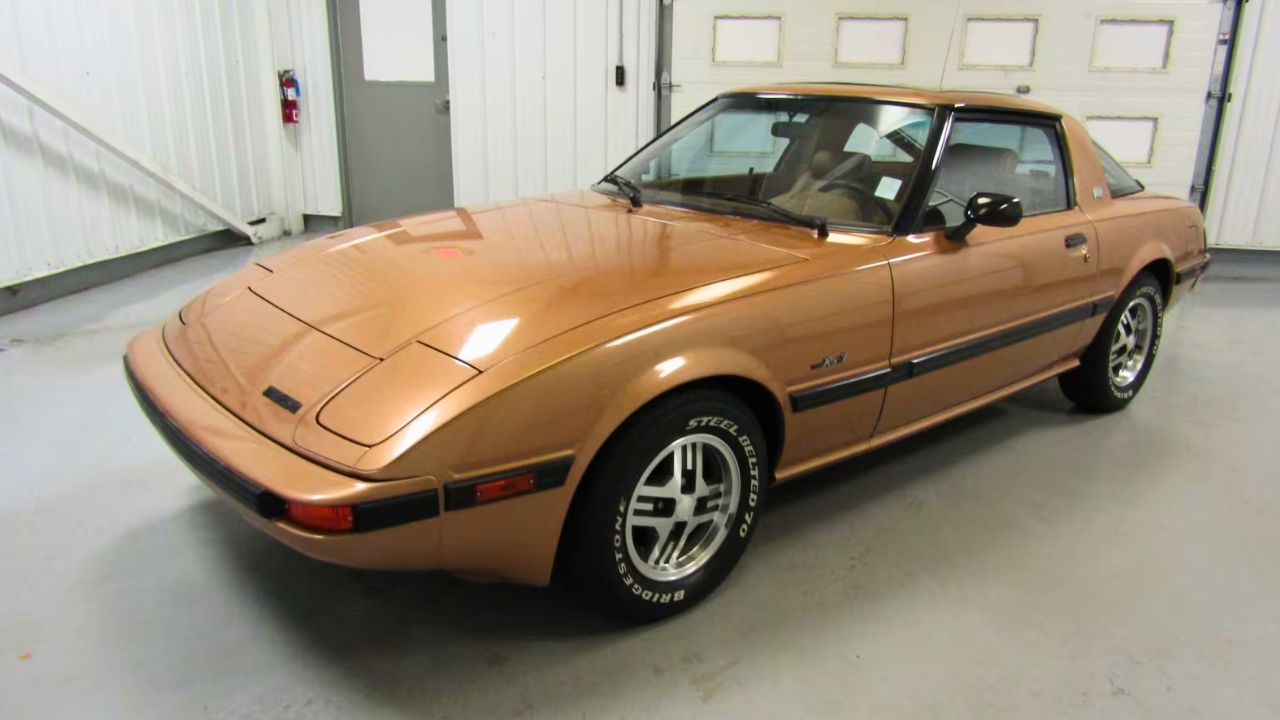
The first-gen RX-7 was always a bit oddball with its rotary engine, but that actually makes it a prime candidate for an EV swap. You’re not ruining any sacred V8 heritage here. You get a lightweight, low-slung chassis with rear-wheel drive and surprisingly capable handling.
With the rotary gone, the freed-up engine bay and transmission tunnel are perfect for mounting electric components. The cabin is driver-focused but not overloaded—meaning there’s room to add what you need without clutter. Swapping the high-revving buzz for silent torque just gives it a new kind of personality.
1955–1957 Chevrolet Bel Air
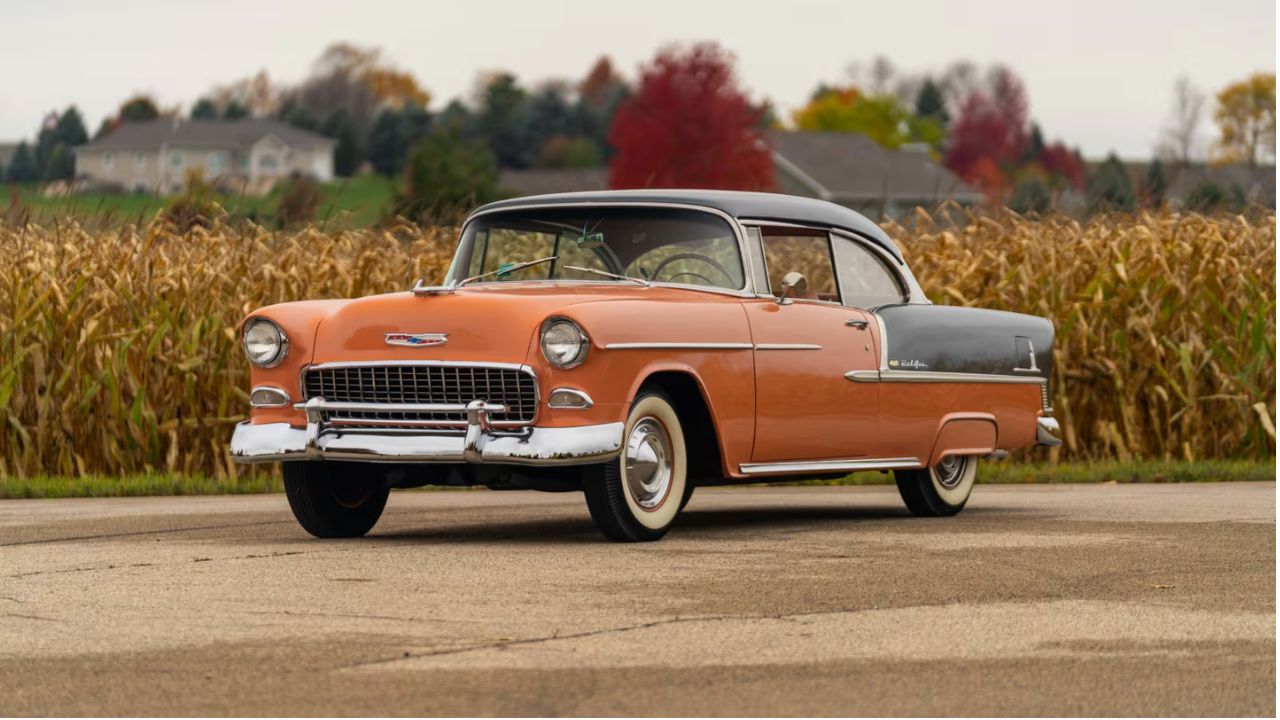
A ’50s icon like the Bel Air is big, brash, and already a bit of a cruiser—which makes it perfect for an EV setup. These cars are heavy, but they’ve got the frame strength to carry modern battery packs without folding under pressure. The front suspension was never great, so it’s a good time to upgrade while you’re in there.
Inside, the chrome-heavy dash and bench seats stay right where they are, but it’s easy to tuck in a digital gauge or a center screen if you’re thoughtful about it. With electric power, you keep the style but ditch the smoke.
Like what you read? Here’s more by us:
*Created with AI assistance and editor review.

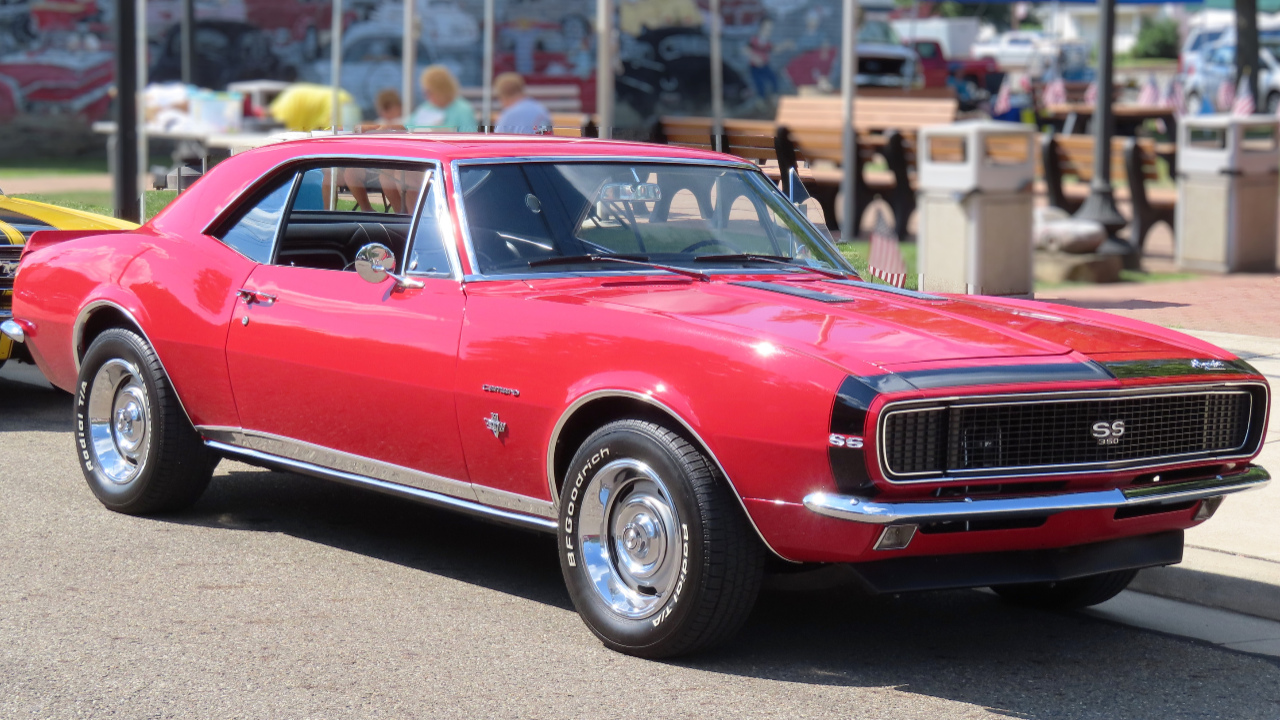
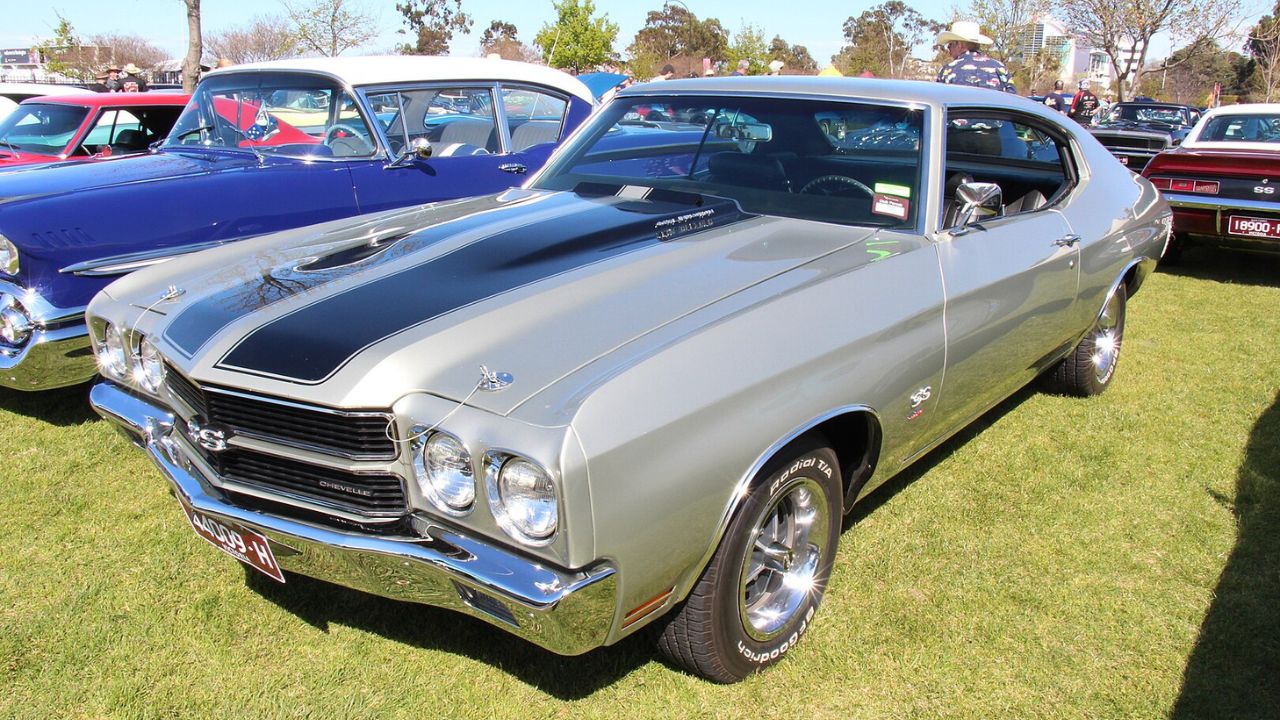
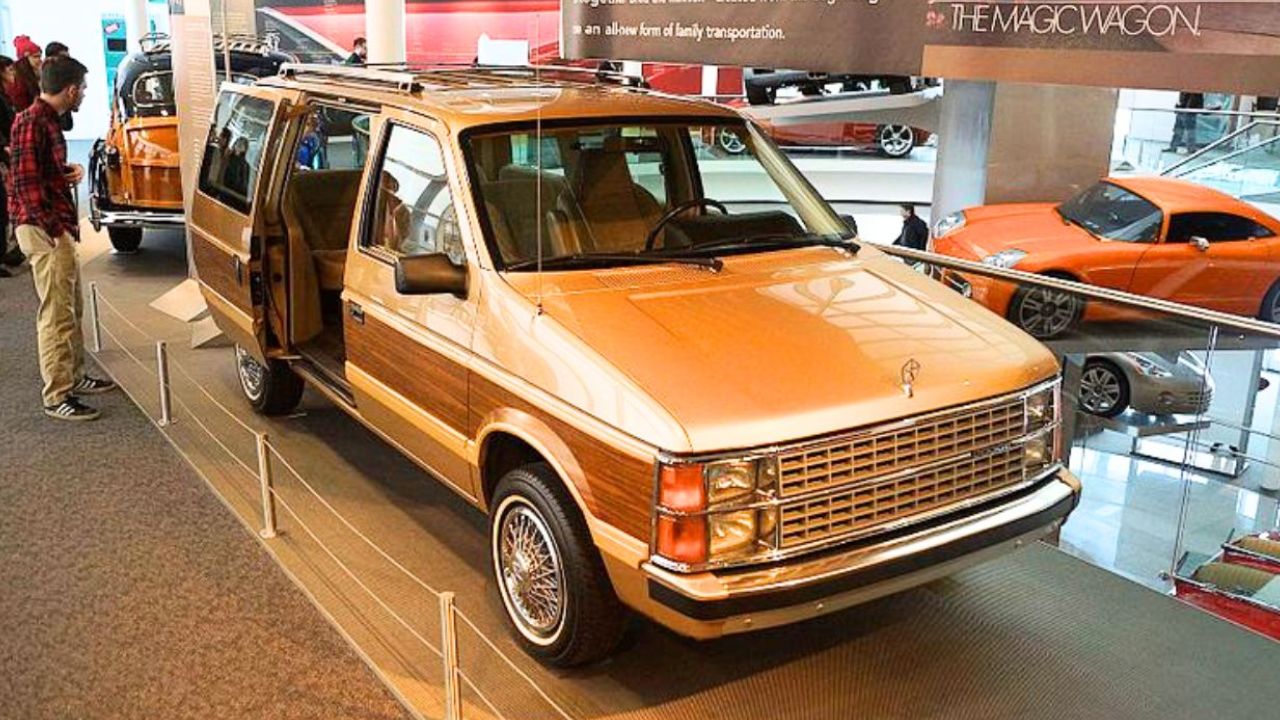
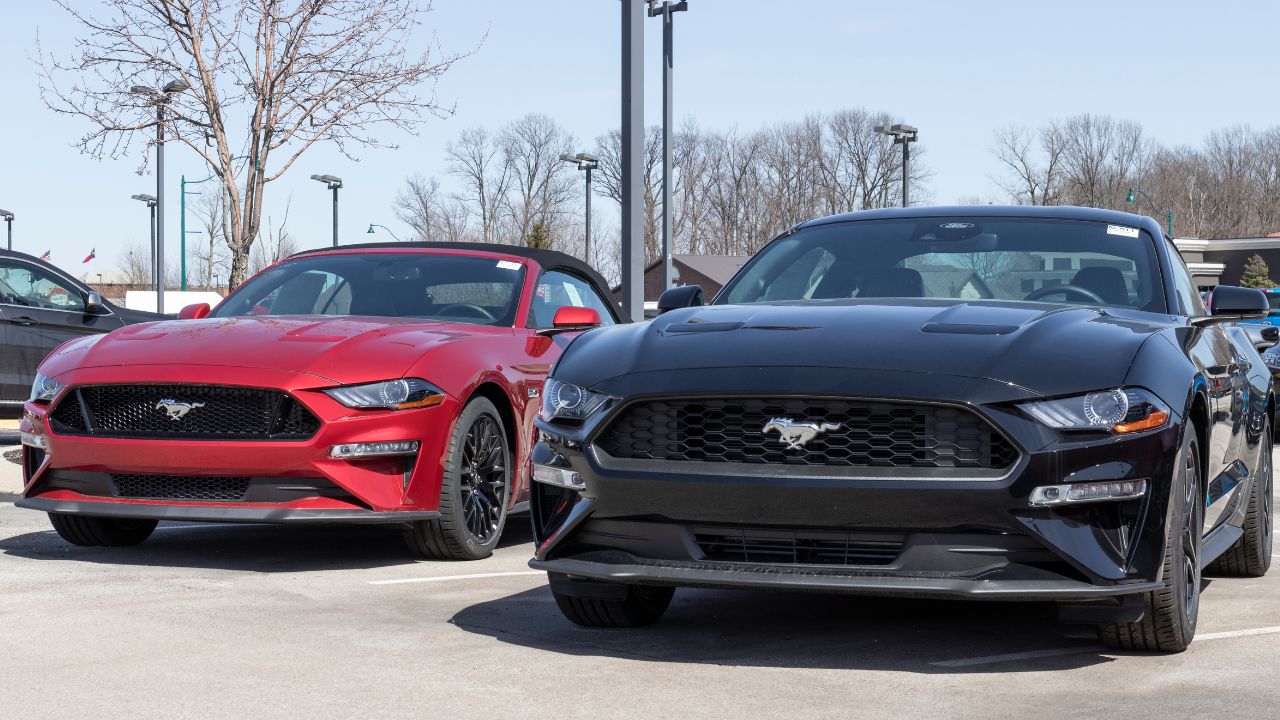

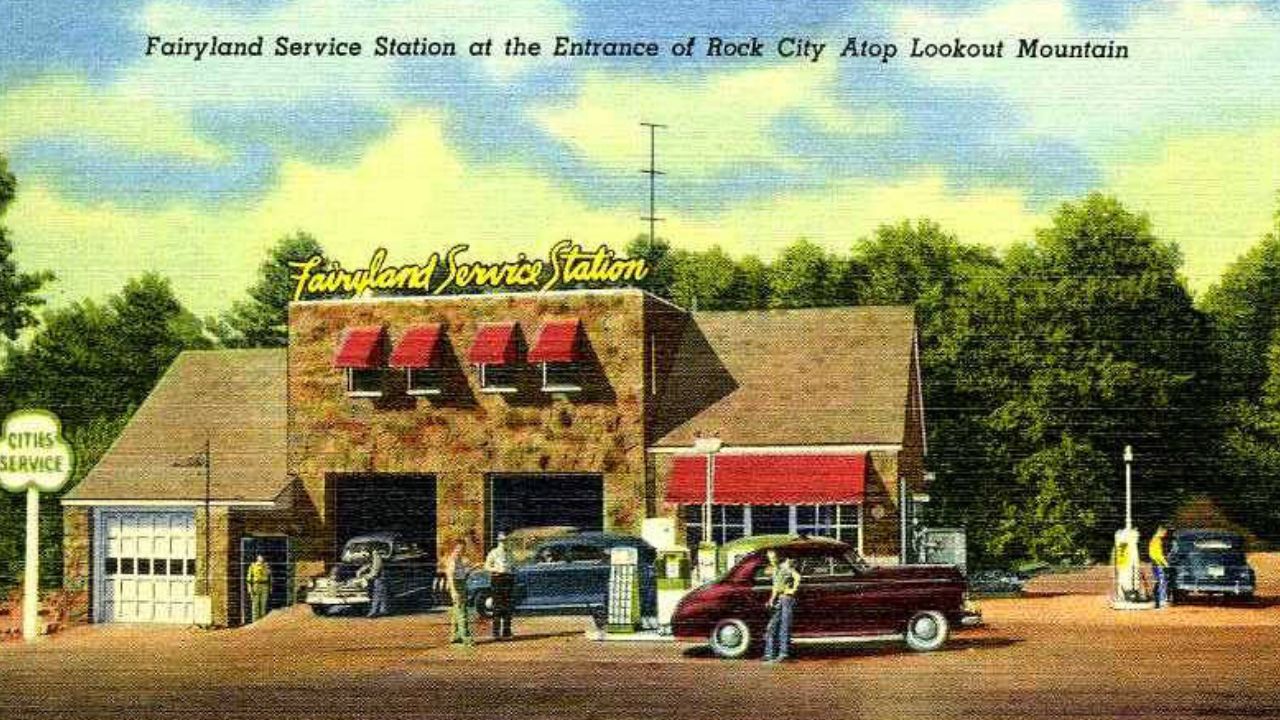
Leave a Reply